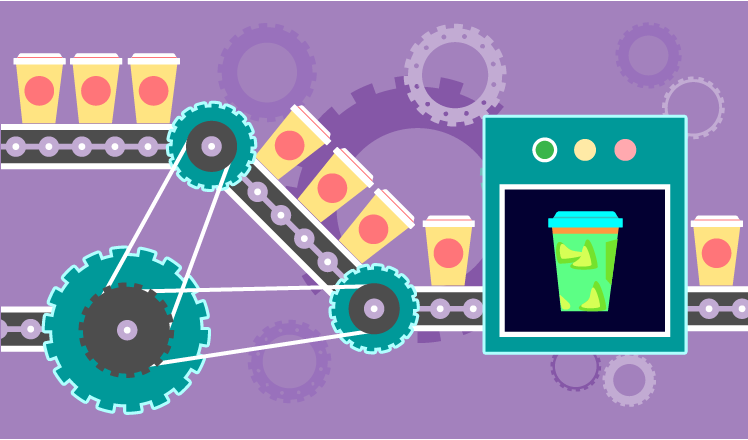The Need for Inspection
For a company manufacturing products at a mass level, it's imperative to check the working of all the products not just for preventing wastage but also to ensure that customers get only better and quality service. Traditionally, most of the detection was carried out by human efforts, but that could be applied only to a very small level. When a company is producing thousands and millions of products, then detection by human means is simply not feasible. Also, a human cannot catch all the tiny defects such as cracks, etc. To solve this problem, industries are now adopting visual inspection systems which can not only enhance the quality of inspection, but also give a good overview of the production line and classify the collected defects for further reference.
How Do Visual Inspection Systems Work?
They rely on industrial cameras containing digital sensors which acquire images for computer software and hardware to analyze, process and measure all the characteristics and then decide if a product is completely fit or not. They also calculate objective measurements such as plug gaps for electrical appliances, or level of drinks in bottles etc.
Major components of visual inspection systems are:
- Lights: for illuminating the part which has to be inspected. It's essential to focus on a certain feature so that the cameras can catch it.
- Lens: Lenses are meant for capturing images and presenting it to the sensors. Sensors convert the images into digital images which can be processed for analyzing.
- Vision Processing: They consist of certain algorithms which review the image, and perform necessary inspections to decide whether a product is all right or if it has got defects.
Benefits of Visual Inspection Systems:
- They are excellent for quantitative measurement because of their accuracy, speed and reliability. These systems can analyze hundreds and thousands of parts per minute. Using high-resolution cameras and optical sensors, they are able to get even those details which are normally too small to be seen by human eye.
- They also prevent damage and they totally eliminate the cost and maintenance time required for wear and tear and other scratches on the mechanical components.
- They reduce human involvement and thus ensure operational safety in the manufacturing process. They also prevent humans from exposure to hazardous environments.
- They can adapt easily and quickly to different production environments.
- Workers and servers which are located far away can also program and operate these systems.
- Humans cannot work twenty-four hours, but visual inspection systems can.
- They completely outplay other inspection systems when it comes to maintaining consistency of inspection.
- Adopting visual inspection systems can also make the customers relaxed since they can trust that they are not getting disrupted products with quality issues.
No inspection system is as foolproof as a visual inspection system, which can be fine-tuned to with all types of production environment so as to provide the best results about the qualities of production.








0 Comments